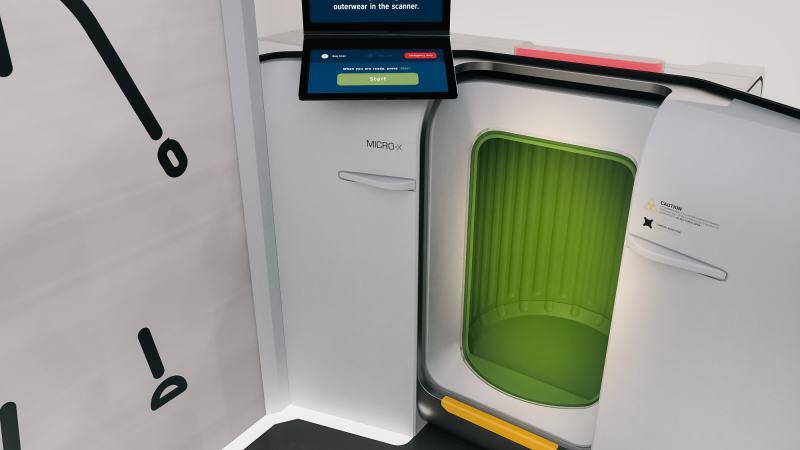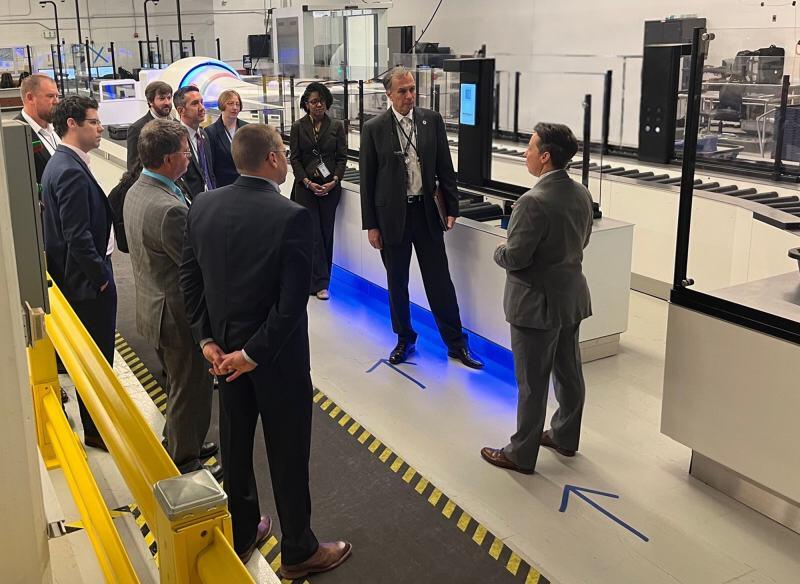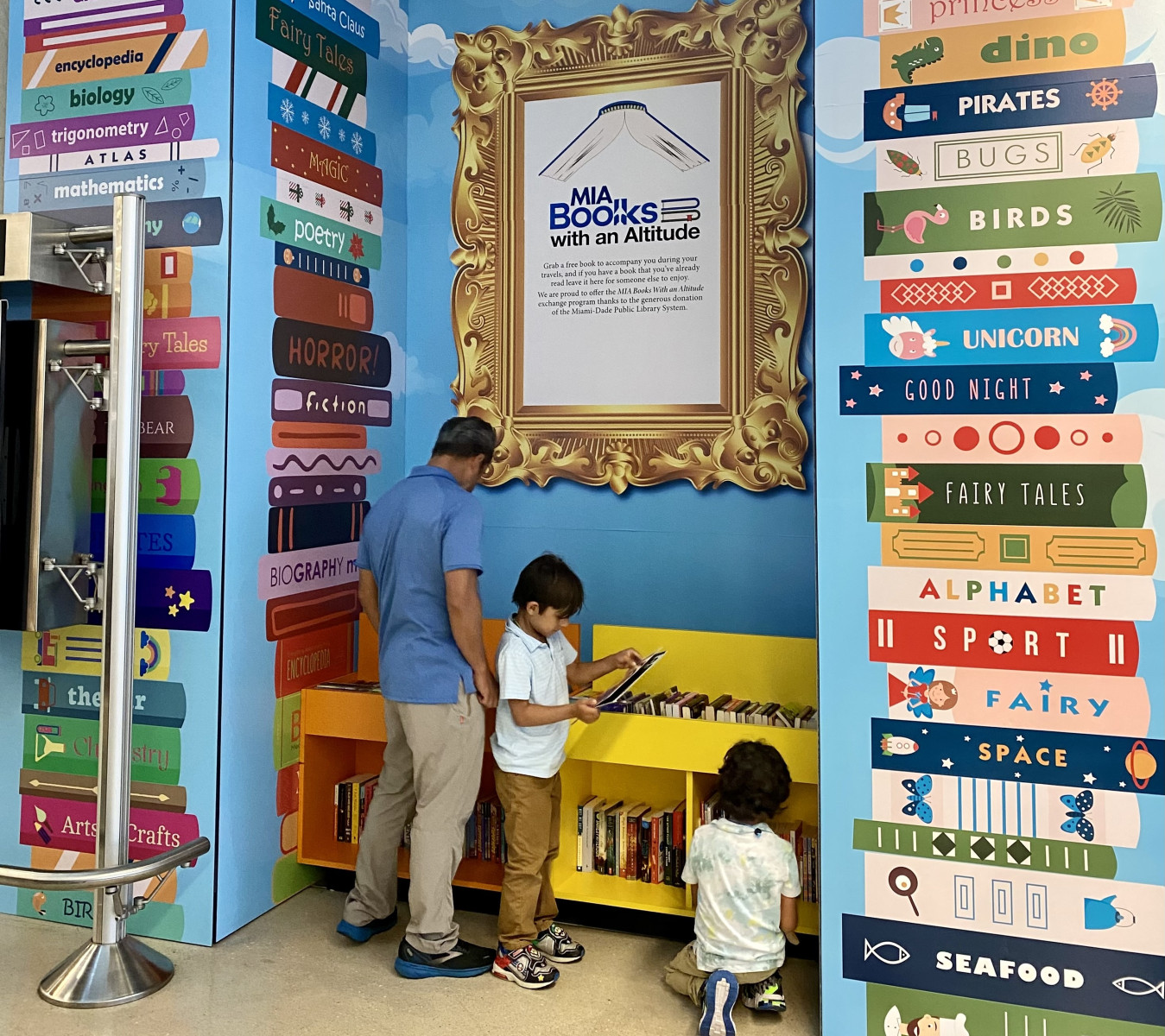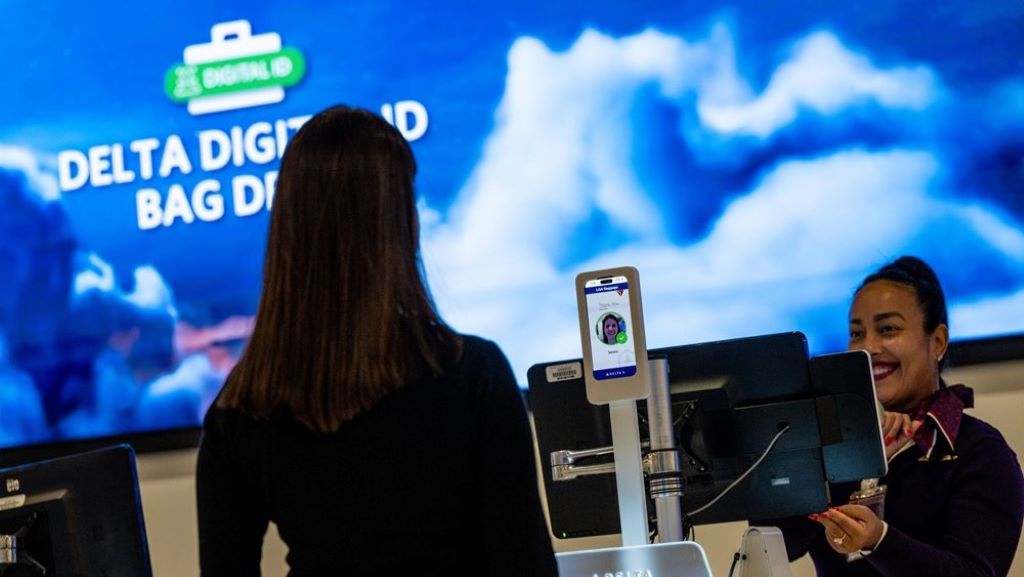The US Department of Homeland Security’s Science and Technology Directorate (S&T) has announced a new programme to trial self-service security screening at airports through its Screening at Speed Program.
The first pilot is scheduled to begin in January 2024 at Harry Reid International Airport (LAS) in Las Vegas, Nevada.
By using self-service screening, PreCheck® passengers will be able to complete the screening process with minimal to no assistance from Transportation Security Officers (TSOs).

Screening at Speed Program Manager Dr. John Fortune said:Like self-ordering kiosks at fast food and sit-down restaurants, self-service screening allows passengers in the Trusted Traveler Program to complete the security screening process on their own. Travelers will use passenger and carry-on screening systems at individual consoles or screening lanes themselves, reducing the number of pat downs and bag inspections TSOs need to perform and freeing their time to be reallocated to the busier aspects of screening operations. The feedback we’ve already received during testing from both mock passengers and TSOs has been incredibly positive.
S&T’s Screening at Speed team and its Transportation Security Laboratory (TSL) are working in partnership with the Transportation Security Administration (TSA) Innovation Task Force (ITF) to develop and test solutions for the future of airport screening.
At the end of 2021, S&T awarded four contracts to three companies for the development of self-screening concepts and prototypes: Micro-X, Vanderlande, and Voxel Radar.
Micro-X
Micro-X is developing a pod-based design with individual screening consoles that provide feedback to the passenger when additional screening is needed.

In a second project, Micro-X is also developing a compact Computed Tomography (CT) X-ray system for carry-on self-screening.

Voxel Radar
Meanwhile, Voxel Radar is developing in-motion panel sensors to line walls or curved surfaces, so passengers are screened in near real-time while removing belongings, or potentially as they walk through a checkpoint.

Vanderlande
In addition, Vanderlande’s PAX MX2 prototype combines its Automated Screening Lane carry-on bag conveyance system with Transportation Security Equipment to create four integrated stations for one checkpoint lane.
Each of these stations includes a video monitor with multi-step instructions and a help button that connects to a live TSO for assistance if needed.

The prototype also includes a screening portal with automated entry and exit doors. If a passenger does not pass the initial screening, such as due to an item left in their pocket, the entry door will reopen so that they can remove items before being re-screened. Once they have successfully passed, the exit door will open.
Christina Peach, Branch Manager for the TSA ITF said:We are very excited to see how far these capabilities have come in a relatively short amount of time. The airport security experience that we’ve all come to know could soon look and feel a lot different—in a very good way—for both passengers and TSOs.
Throughout the Screening at Speed project, the programme is also funding Lauretta AI, LLC and Deep North’s video analytics systems to prompt passengers through each step, ensuring they hold the proper pose and empty pockets etc.
Demonstrations and Testing
In March 2023, Vanderlande’s prototype was installed at the TSA Transportation Systems Integration Facility (TSIF) at Ronald Reagan Washington National Airport (DCA). This enabled TSA to evaluate the system’s performance under simulated real-world conditions, including the screening of volunteer passengers and their belongings.

In August, S&T trialled Voxel Radar’s advanced imaging technology passenger panel sensors by collecting mock passenger scans. It was determined that going forwards, the sensors could be integrated into the Micro-X prototype or used as an independent screening technology.
In December, Micro-X begun a multi-month demonstration of its small-size CT X-ray system at TSL in Atlantic City, New Jersey. Here, test engineers are collecting screening images to validate the system’s performance and to assist with future algorithm development.
Next Steps
From January 2024, PreCheck® passengers will be able to use the Vanderlande self-service screening prototype at Harry Reid International Airport (LAS) for the first time.
S&T and TSA will also be delivering a virtual reality walkthrough of the Micro-X self-screening system at their booths at CES from 9-12 January.
Micro-X’s first self-service screening pod is currently being built and is scheduled to be tested in 2025. Ultimately, the goal is to integrate multiple pods into one full screening lane to accommodate multiple passengers simultaneously.
Dr. Fortune said:We’re privileged to partner with TSA to reimagine airport security by building new ground-breaking technology and solutions while being passenger-focused and forward-leaning. Self-service screening is a big step toward creating novel, innovative solutions to build the airport of the future. The team expects to receive passenger and TSO feedback on the first self-service prototype once it is piloted in Las Vegas.











